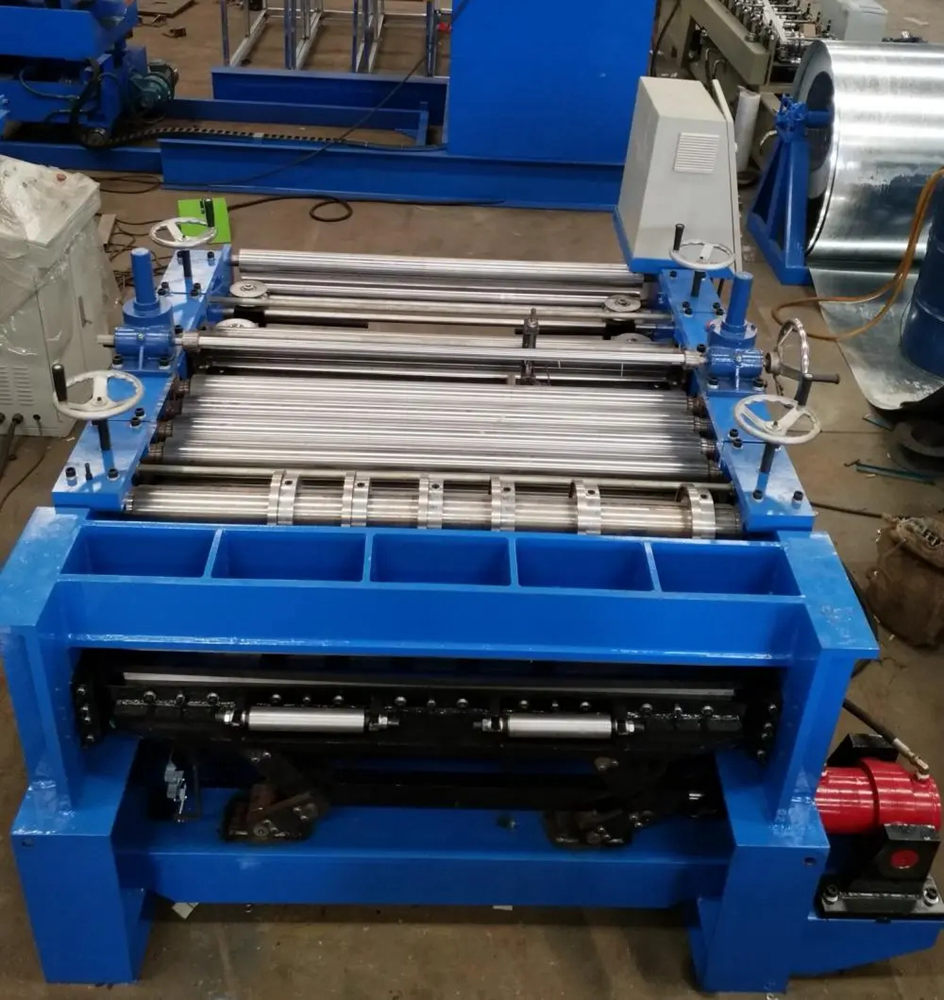
The Evolution and Importance of Steel Pipe Making Machines
In the realm of industrial manufacturing, steel pipe making machines play a pivotal role in producing the essential materials required for various construction and engineering projects. As infrastructure demands grow, the efficiency and technology behind these machines have evolved significantly, allowing for the production of high-quality steel pipes used in everything from plumbing systems to structural frameworks.
The Process of Steel Pipe Production
Steel pipes are primarily produced through two distinct processes seamless and welded manufacturing. Each method has its own set of advantages, and the choice largely depends on the application requirements for the pipes.
1. Seamless Pipe Production This process begins with a cylindrical bar of steel, often referred to as a billet. The billet undergoes a series of heating and deformation processes, such as rotary piercing, elongation, and expansion, to create a hollow pipe without any seams. Seamless pipes are favored in high-pressure applications, such as oil and gas industries, due to their strength and resistance to cracking.
2. Welded Pipe Production In contrast, welded pipes are created from flat steel plates or coils that are rolled and welded together along their length. This method is generally more cost-effective and allows for greater versatility in terms of pipe diameter and wall thickness. Advanced welding techniques, including electric resistance welding (ERW) and submerged arc welding (SAW), are employed to ensure the integrity and durability of the joint.
Key Components of Steel Pipe Making Machines
The efficiency and precision of steel pipe making machines are critical to ensure the production of high-quality pipes. These machines comprise several key components
- Roll Forming Machines Used primarily in the welded pipe production process, these machines shape the steel sheets into a cylindrical form.
- Welding Equipment Essential for the welded pipe process, advanced welding machines provide the necessary heat and pressure to fuse the steel edges together effectively.

- Heat Treatment Furnaces After welding or forming, pipes are often subjected to heat treatment to relieve internal stresses and enhance mechanical properties.
- Sizing and Straightening Machines These machines ensure that pipes are of uniform dimensions and straightened to meet industry standards.
- Testing and Inspection Equipment Quality control is paramount in the production of steel pipes. Modern machines are equipped with non-destructive testing (NDT) systems to check for flaws, ensuring that only pipes meeting stringent standards are dispatched.
Technological Advancements
The advent of automation and smart technologies has revolutionized the steel pipe making industry. Today, manufacturers are leveraging Industry 4.0 concepts, integrating Internet of Things (IoT) devices to monitor machine performance in real-time. This connectivity allows for predictive maintenance, reducing downtimes and improving the overall efficiency of the production process.
Additionally, advancements in computer numerical control (CNC) technology enable precise control over the forming and welding processes, resulting in increased production speeds and enhanced product quality. 3D modeling software plays a crucial role in the design and optimization of pipe-making machines, allowing engineers to simulate and refine their processes before physical implementation.
Environmental Considerations
As environmental concerns grow, the steel pipe manufacturing industry is also making strides toward sustainability. Many manufacturers are adopting eco-friendly practices, such as recycling scrap metal and reducing energy consumption in their operations. Innovations in machinery that utilize less energy and generate fewer emissions contribute to a more sustainable manufacturing process.
Conclusion
In conclusion, steel pipe making machines are indispensable in the construction and engineering sectors. Their evolution reflects advancements in technology, emphasizing efficiency, quality, and sustainability. As demand for robust and reliable steel pipes continues to escalate, the industry must adapt and innovate continually. The future of steel pipe production will undoubtedly see further enhancements driven by technological innovations, ensuring that these critical resources remain available to support infrastructure development around the globe.